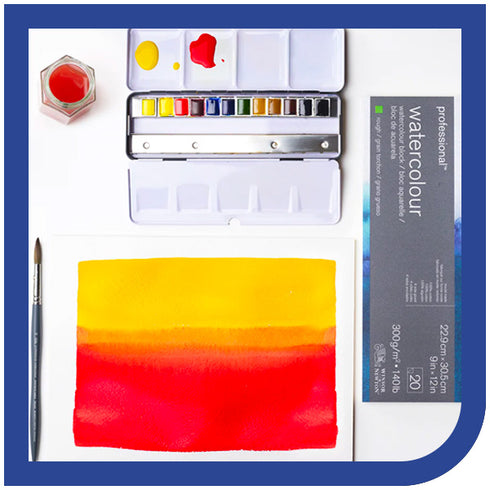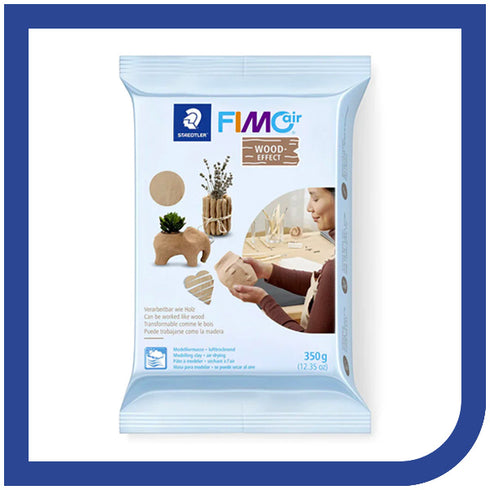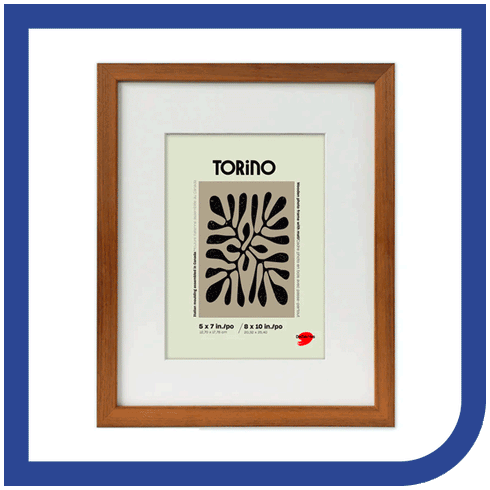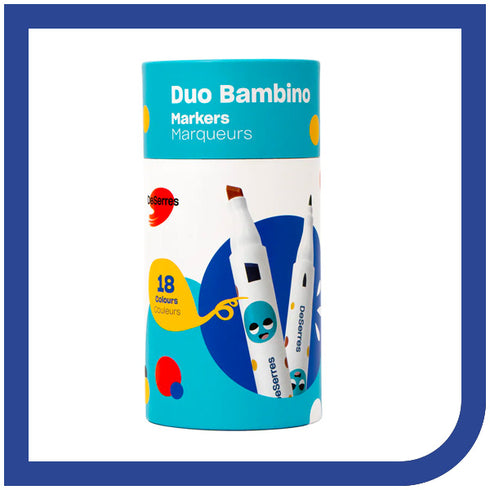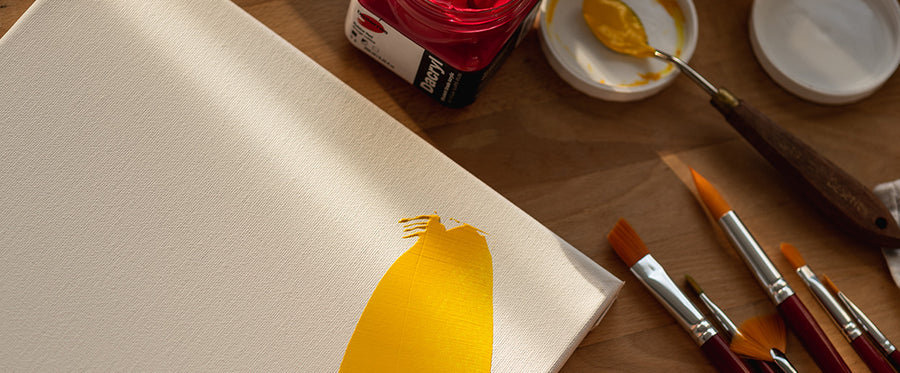Artists’ paint manufacturers have developed wide ranges of products for the needs of a diverse clientele. They generally provide two categories of paints: extra-fine paints, which are more expensive and of better quality, and fine paints, which are less expensive.
The first category is mainly geared towards professional artists, as well as hobbyists and beginners looking for better quality products. The second category is geared towards professionals who need large amounts of paint (to cover wide surfaces, for example,) or beginners who prefer not to invest too much in their new hobby.
Most of the time, manufacturers indicate the category on the packaging. Price is also a good indicator. The higher the concentration of pigments in the tube, the more expensive it will be, since the colour (not the binder) determines the price. Extra-fine ranges are more expensive because they have a higher concentration of pigments and contain less filler. However, keep in mind that the more concentrated the colour, the less you will need to use to get good results.
True pigments and imitation pigments
Extra-fine paints are usually made with true pigments, and each colour is made from a single pigment rather than a mix of pigments. A single pigment increases a colour’s brilliance and reduces the risk of uncontrollable reactions during mixes. With extra-fine paints, a full range of colours is generally available. However, you will find price differences between colours even within the same brand, since the source of the pigments influences the price of the paint. An easy-to-produce pigment, made with readily available and inexpensive chemical substances, will be sold at a lower price than a pigment that’s more complicated to produce. Cobalt and cadmium colours are usually more expensive, whereas earth colours such as ochre, sienna, umber, etc., as well as blacks and whites are usually less expensive. This doesn’t mean that cadmium and cobalt are better or more permanent than earth pigments; these metals are simply more expensive to produce than the iron oxides or titanium pigments that are used to make the other colours.
With fine paints, manufacturers often omit costly-to-produce colours altogether, so the range may be more limited. They may also mix three of four pigments to create a given colour, making it more difficult to predict the reactions you may encounter when mixing paints. In addition, they may use imitation pigments. For example, you may find fine paint in a cadmium yellow hue (hue indicates that the colour is an imitation.) The term azo is also sometimes used to indicate when pigments are made with imitation pigments that resemble true pigments, but their opacity, intensity and drying properties are different. Although there are no regulations requiring manufacturers to clearly identify colours made with imitation pigments, the major brands include this information on their labels, particularly for their extra-fine ranges.
Production process
To create colours, pigments are ground in a binder such as an oil base. The size of the pigment particles greatly influences the end result. A rough pigment won’t produce as successful a mix as an extra-fine pigment; extra-fine pigments distribute better in its binder. As a result, the covering capacity of an extra-fine paint is superior to that of a fine one.
Binders
Binder quality influences paint quality. Extra-fine ranges use binders of the best quality. To enhance the pigments’ performance, for instance, extra-fine white oil paints will have their pigments ground in paler oils (as compared to the usual linseed oil) to minimize yellowing, while black pigment will be ground in linseed oil to speed up drying.
Choosing the right paint?
While extra-fine paints are of the highest overall quality, fine paints nonetheless give good value for their price; you can certainly do excellent work with either kind. As with anything else, of course, you will surely want to balance your needs against your budget to make the best choice.



